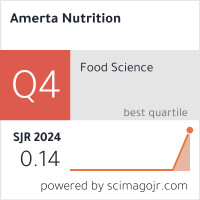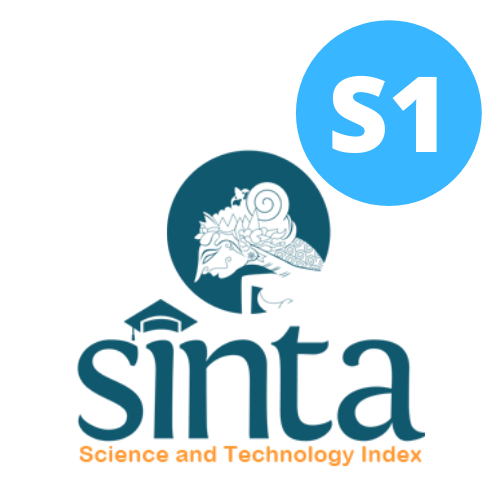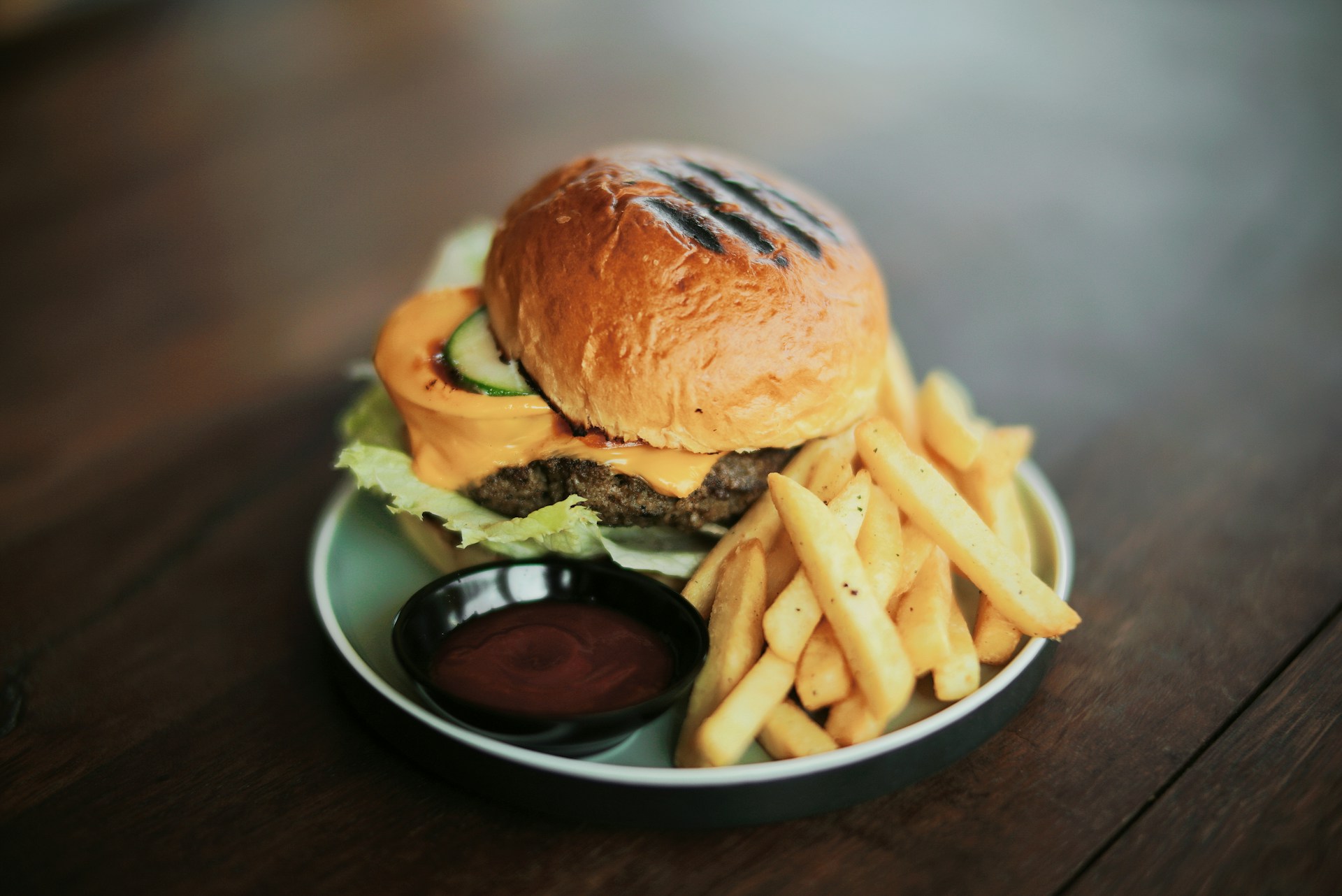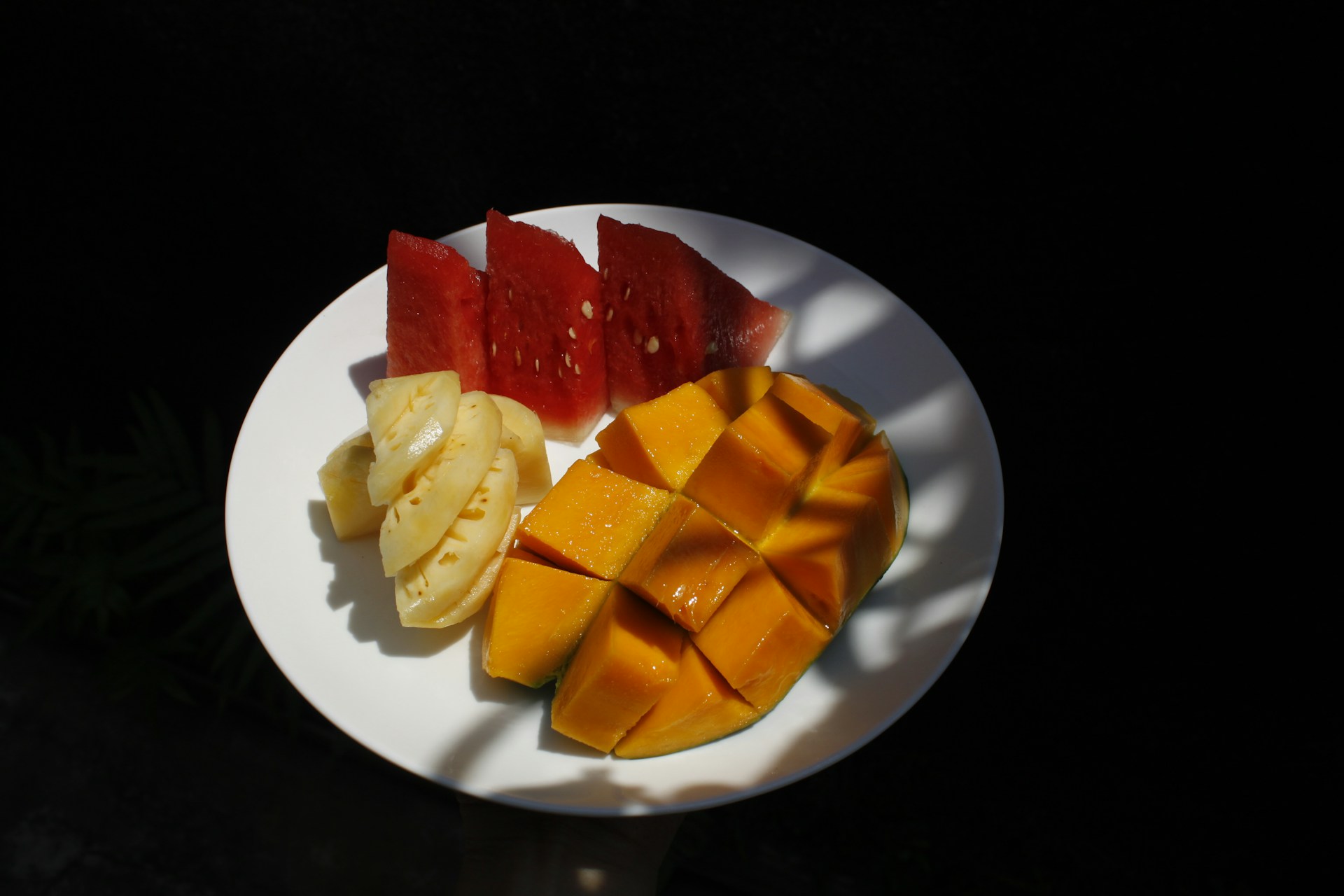Lowering Effect of Sago-rice on Nutritional Parameters, and Total Cholesterol in Overweight and Obese Respondents: A Before-and-after Study
Background: Overweight and obesity, an over-nutrition state due to higher energy intake than energy expenditure, could lead to blood glucose and lipids problems. Sago-rice, analog rice from sago rich in resistant starch and fiber, might answer these health problems.
Objectives: The study aimed to investigate the impact of sago-rice eating over 4 weeks on biochemical and nutrition parameters in overweight and obese subjects.
Methods: Body weight and height were measured and then put together to calculate body mass index (BMI) in the pre-and-post consumption. Furthermore, bioelectrical impedance analysis (BIA) was performed to calculate body and visceral fat percentages. In addition, blood glucose and lipids such as total cholesterol and triglyceride were examined before and after the sago-rice consumption.
Results: The results highlighted a significant decrease in body weight, BMI, and body fat percentage (p < 0.05). This study showed that Sago-rice consumption for 4 weeks could significantly decrease the total cholesterol to around 18 mg/dL, lowering it from 257.33 to 239.48 mg//dL (p < 0.05). This study also observed an increased level of triglyceride (p < 0.05). However, blood glucose concentration was not significantly different (p > 0.05).
Conclusions: Sago-rice consumption, thus, might assist in reducing body weight, BMI, body fat percentage, and total cholesterol in overweight and obese people.
Indonesian Ministry of Health, Riset Kesehatan Dasar (RISKESDAS) 2018. 2018, Kementerian Kesehatan RI: Jakarta.
Oussaada, S.M., et al., The pathogenesis of obesity. Metabolism, 2019. 92: p. 26-36.
Hall, K.D., et al., The energy balance model of obesity: beyond calories in, calories out. The American Journal of Clinical Nutrition, 2022. 115(5): p. 1243-1254.
Abdelaal, M., C.W. le Roux, and N.G. Docherty, Morbidity and mortality associated with obesity. Annals of translational medicine, 2017. 5(7).
Vekic, J., A. Stefanovic, and A. Zeljkovic, Obesity and dyslipidemia: a review of current evidence. Current Obesity Reports, 2023. 12(3): p. 207-222.
Djoefrie, M.H.B., et al., Sagu: mutiara hijau khatulistiwa yang dilupakan. 2013: Digreat Publishing.
Wahjuningsih, S., P.D. Marsono, and B. Hariyanto. A study of sago starch and red bean flour-based analog rice development as functional food. in International Conference on Agricultural and Food Engineering. 2016.
Aji, G.K., et al., Physical Characteristics Of Modified Sago Starch With Heat Treatment (HT) And Pullulanase Enzyme, in PATPI-SEAFAST International Conference Science-based Ingredients: The Future for Food in Asia. 2019, SEAFAST Center IPB University: Jakarta.
Zi-Ni, T., et al., Functional Properties of Resistant Starch Type-III from Metroxylon sagu as Affected by Processing Conditions. Pertanika Journal of Tropical Agricultural Science, 2015. 38(3).
Kamal, M.M., et al., Drying effect on the properties of traditionally processed sago starch. International Food Research Journal, 2019. 26(6): p. 1861-1869.
Sumardiono, S., et al., Production and physicochemical characterization of analog rice obtained from sago flour, mung bean flour, and corn flour using hot extrusion technology. Foods, 2021. 10(12): p. 3023.
Hariyanto, B., et al., Efek Konsumsi Beras Sagu Terhadap Perubahan Antropometri Pada Responden Sehat. JURNAL PANGAN, 2020. 29(2): p. 141-148.
Yuan, H.C., et al., Meta-analysis indicates that resistant starch lowers serum total cholesterol and low-density cholesterol. Nutrition Research, 2018. 54: p. 1-11.
Lee, D.P.S., et al., Impact of fiber-fortified food consumption on anthropometric measurements and cardiometabolic outcomes: A systematic review, meta-analyses, and meta-regressions of randomized controlled trials. Critical Reviews in Food Science and Nutrition, 2022: p. 1-19.
Hariyanto, B., Penggunaan Beras Sagu Untuk Penderita Pradiabetes Use of Rice Sagu for Patients of Prediabetes. Jurnal Pangan, 2017. 26(2): p. 127-136.
Wahjuningsih, S.B., H. Haslina, and M. Marsono, Hypolipidaemic effects of high resistant starch sago and red bean flour-based analog rice on diabetic rats. Materia socio-medica, 2018. 30(4): p. 232.
World Health Organization, The Asia-Pacific perspective: redefining obesity and its treatment. 2000.
Lim, J.U., et al., Comparison of World Health Organization and Asia-Pacific body mass index classifications in COPD patients. International journal of chronic obstructive pulmonary disease, 2017. 12: p. 2465-2475.
Xu, Z., et al., Measurement of visceral fat and abdominal obesity by single-frequency bioelectrical impedance and CT: a cross-sectional study. BMJ open, 2021. 11(10): p. e048221.
Hammer, Ø., D. Harper, and P. Ryan, Paleontological statistics software package for education and data analysis.–Paleontologia Electronica 4/1: 1–9. 2001.
Varkevisser, R., et al., Determinants of weight loss maintenance: a systematic review. Obesity Reviews, 2019. 20(2): p. 171-211.
Howarth, N.C., E. Saltzman, and S.B. Roberts, Dietary fiber and weight regulation. Nutrition reviews, 2001. 59(5): p. 129-139.
Bodinham, C.L., G.S. Frost, and M.D. Robertson, Acute ingestion of resistant starch reduces food intake in healthy adults. British Journal of Nutrition, 2010. 103(6): p. 917-922.
Marlett, J.A., M.I. McBurney, and J.L. Slavin, Position of the American Dietetic Association: Health Implications of Dietary Fiber. Journal of the American Dietetic Association, 2002. 102(7): p. 993-1000.
Slavin, J.L., Dietary fiber and body weight. Nutrition, 2005. 21(3): p. 411-418.
Casadei, K. and J. Kiel, Anthropometric Measurement. 2022: StatPearls Publishing, Treasure Island (FL).
Haub, M.D. and J.M. Lattimer, Effects of Dietary Fiber and Its Components on Metabolic Health. Nutrients, 2010. 2(12): p. 1266-1289.
Higgins, J.A., Resistant Starch: Metabolic Effects and Potential Health Benefits. Journal of AOAC International, 2004. 87(3): p. 761-768.
Nie, Y. and F. Luo, Dietary Fiber: An Opportunity for a Global Control of Hyperlipidemia. Oxidative Medicine and Cellular Longevity, 2021. 2021: p. 5542342.
Romero, A.L., et al., Cookies enriched with psyllium or oat bran lower plasma LDL cholesterol in normal and hypercholesterolemic men from Northern Mexico. Journal of the American College of Nutrition, 1998. 17(6): p. 601-608.
Olson, B.H., et al., Psyllium-enriched cereals lower blood total cholesterol and LDL cholesterol, but not HDL cholesterol, in hypercholesterolemic adults: results of a meta-analysis. The Journal of nutrition, 1997. 127(10): p. 1973-1980.
Everson, G., et al., Effects of psyllium hydrophilic mucilloid on LDL-cholesterol and bile acid synthesis in hypercholesterolemic men. Journal of lipid research, 1992. 33(8): p. 1183-1192.
Davidson, M.H., et al., The hypocholesterolemic effects of β-glucan in oatmeal and oat bran: a dose-controlled study. Jama, 1991. 265(14): p. 1833-1839.
Wolever, T.M., et al., Physicochemical properties of oat β-glucan influence its ability to reduce serum LDL cholesterol in humans: a randomized clinical trial–. The American journal of clinical nutrition, 2010. 92(4): p. 723-732.
Food and Drug Administration, Food labeling: health claims; soluble dietary fiber from certain foods and coronary heart disease. Final rule. Federal register, 2006. 71(98): p. 29248.
Capuano, E., The behavior of dietary fiber in the gastrointestinal tract determines its physiological effect. Critical Reviews in Food Science and Nutrition, 2017. 57(16): p. 3543-3564.
Whisner, C.M., et al., Effects of low-fat and high-fat meals, with and without dietary fiber, on postprandial endothelial function, triglyceridemia, and glycemia in adolescents. Nutrients, 2019. 11(11): p. 2626.
Fang, Y. and Y. Wang, Fasting status modifies the association between triglyceride and all‐cause mortality: A cohort study. Health Science Reports, 2022. 5(3): p. e642.
Brown, L., et al., Cholesterol-lowering effects of dietary fiber: a meta-analysis. The American journal of clinical nutrition, 1999. 69(1): p. 30-42.
Lattimer, J.M. and M.D. Haub, Effects of dietary fiber and its components on metabolic health. Nutrients, 2010. 2(12): p. 1266-1289.
Copyright (c) 2025 Amerta Nutrition

This work is licensed under a Creative Commons Attribution-ShareAlike 4.0 International License.
AMERTA NUTR by Unair is licensed under a Creative Commons Attribution-ShareAlike 4.0 International License.
1. The journal allows the author to hold the copyright of the article without restrictions.
2. The journal allows the author(s) to retain publishing rights without restrictions
3. The legal formal aspect of journal publication accessibility refers to Creative Commons Attribution Share-Alike (CC BY-SA).
4. The Creative Commons Attribution Share-Alike (CC BY-SA) license allows re-distribution and re-use of a licensed work on the conditions that the creator is appropriately credited and that any derivative work is made available under "the same, similar or a compatible license”. Other than the conditions mentioned above, the editorial board is not responsible for copyright violation.








































